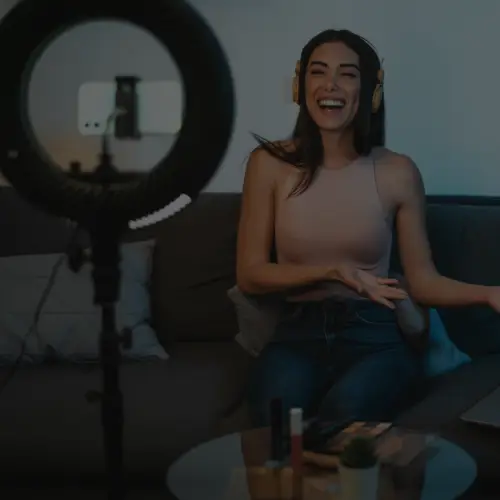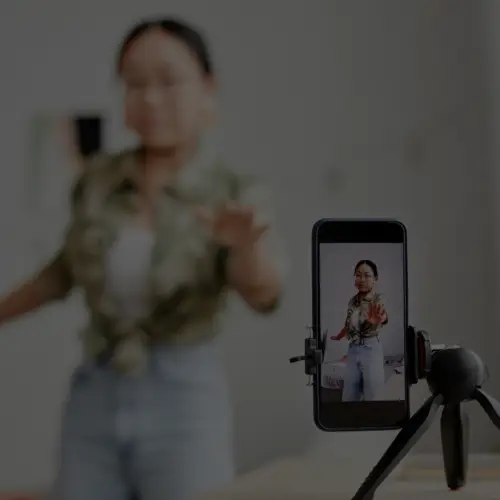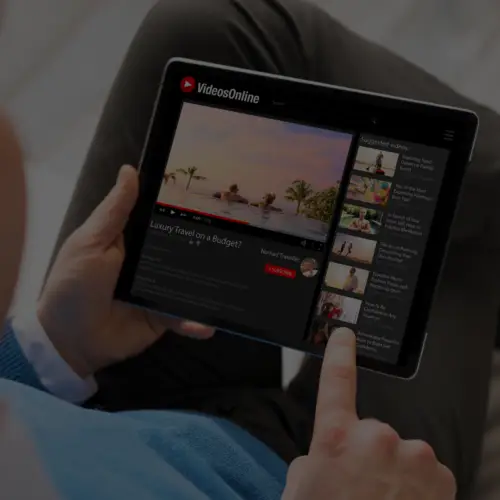08 Jul 3 Social Media Trends in Fashion that Retailers Should Leverage
When social media shakes up the fashion industry, what do you do? It’s like the old saying goes, “If you can’t beat ‘em, join ‘em.” Fashion brands with high levels of engagement on social channels like Instagram, are seeing growth in online sales. Not to mention, social media serves as an interactive magazine. “It’s a walking, living magazine,” says Emma Parlons of Push PR.
At Ignite Social Media, we know a thing or two about social media trends in the fashion and beauty industry, being Social Media Agency of the Year and all. Plus, we do some pretty cool work with big name brands. So with that, here are three social media trends fashion and beauty retailers should leverage.
#OOTD
Also known as Outfit of the Day. The #OOTD hashtag is one of the top 100 most used hashtags on Instagram. Hashtags in posts are extremely important as they increase the visibility of your content. Not only will consumers be able to see your posts, but it may ignite (no pun intended), or inspire other audiences to click a product link, engage, and ultimately purchase. Last year, London Fashion Week and Zappos created successful campaigns using the #OOTD hashtag, and online boutique retailers like Lulus used it well throughout daily content. These four simple letters can make a huge difference in your social media presence.

Social Media Customer Service
Offer on-page customer service by responding and engaging with fans. Often times people come to social media pages for product guidance or shipping questions, because it’s easier to reach out in a post comment rather than talking to a bot over the phone. Social media customer service is the next big thing, and fashion and beauty brands can certainly benefit from it by creating customer loyalty through on-page support. Below is an example of a prime opportunity to engage with the audience that Burberry missed. First, a response could have been given to sway the customer’s views of the brand resulting in future Burberry purchases. Secondly, a quick answer to the question could have led to a share on the customer’s social channels, letting their friends know when to look out for the next collection.

These types of missed opportunities let the competition get ahead. Compare the above with Sephora’s reactive responses below.

Using Influencers
Using influencers as the face of your brand makes content much more relatable. An influencer can be a blogger, vlogger, or someone who has a wealthy amount of followers on social media, offering the power to spread the word of your brand to millions. Much like when plus size fashion blogger Gabi Gregg of Gabifresh announced that she would be one of the faces of the Target collections, AVA & VIV. Though popular and almost like celebrities, influencers provide a more relatable approach and consumers are more willing to buy if their favorite blogger is shown wearing a super cute outfit. About 60% of fashion and beauty brands have incorporated influencers into their marketing strategies and it seems to be working.

Gabi from Gabifresh.com
Looking for more information on social media trends? Or do you have questions about how to leverage your fashion or beauty brand in social media? Feel free to reach out to us here.






